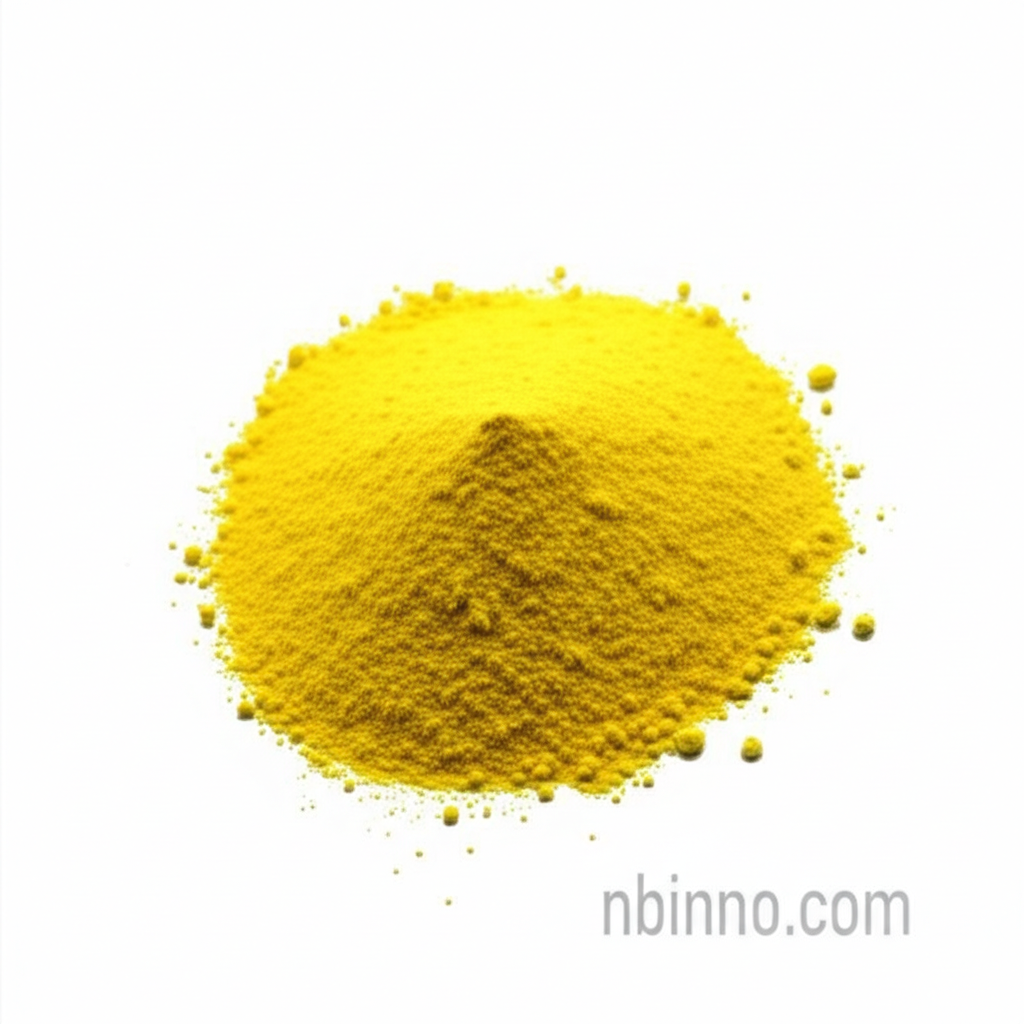Acridone (CAS 578-95-0): A Key Intermediate in Fine Chemical Synthesis
Discover the properties, applications, and sourcing of 9(10H)-Acridone, a vital compound for advanced chemical research.
Get a Quote & SampleProduct Core Value

9(10H)-Acridone
9(10H)-Acridone is an important organic compound utilized as a fundamental building block in various chemical synthesis pathways. Its unique molecular structure serves as a scaffold for developing advanced materials and pharmaceutical agents, making it a valuable asset in the fine chemical industry.
- Explore the diverse 9(10H)-Acridone chemical suppliers to find reliable sources for your research needs.
- Investigate the synthesis of acridone derivatives for potential applications in drug discovery.
- Understand the critical 9(10H)-Acridone CAS 578-95-0 properties to ensure optimal use in your projects.
- Learn about the practical uses of acridone in pharmaceutical intermediates and fluorescent labeling.
Advantages of Using Acridone
Versatile Chemical Scaffold
The acridone structure provides a robust foundation for synthesizing a wide array of complex organic molecules, supporting extensive research in drug development and materials science.
Key Intermediate for Innovation
As a critical component for developing antiviral agents like acridone acetic acid, it drives innovation in the pharmaceutical sector.
Broad Application Potential
Its utility extends to applications in fluorescent labels and indicators, offering solutions for advanced analytical and diagnostic tools.
Key Applications
Pharmaceutical Research
Acridone serves as a crucial starting material for creating novel pharmaceutical intermediates and active pharmaceutical ingredients (APIs), particularly in the development of antiviral and antimalarial drugs.
Organic Synthesis
This compound is frequently used in organic synthesis to build complex molecular architectures, contributing to the creation of specialty chemicals with tailored properties.
Fluorescent Materials
Acridone derivatives are explored for their fluorescent properties, finding use in advanced labeling techniques and as components in optical materials.
Dye Industry
Historically and currently, it is used in the preparation of dyes and for dyeing organic materials, showcasing its versatility across industries.
